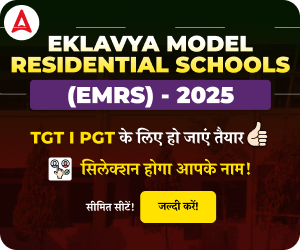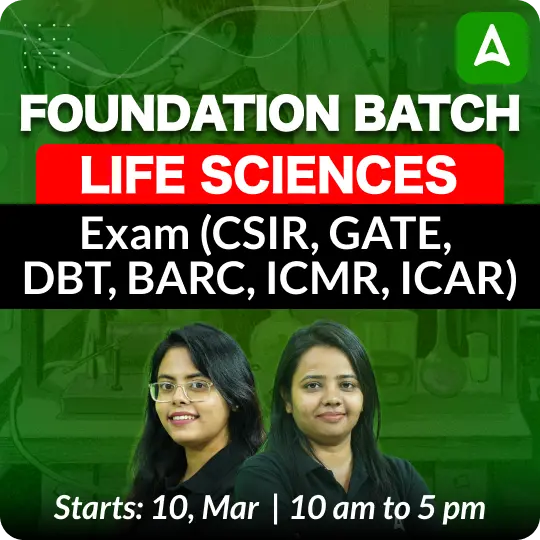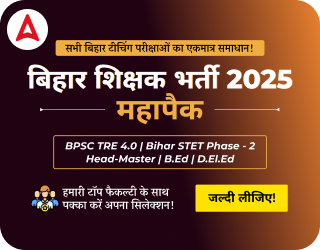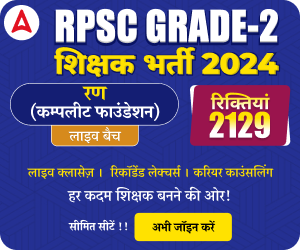Table of Contents
The Union Government has announced the establishment of 440 new Eklavya Model Residential Schools (EMRS) across India. This initiative aims to provide quality education to tribal students by ensuring that every block with more than 50% Scheduled Tribe (ST) population and at least 20,000 tribal residents, as per the 2011 Census, has an EMRS. This development is expected to create a significant number of teaching vacancies across the country.
EMRS To Establish 440 New Schools
The National Education Society for Tribal Students (NESTS) has been set up as an autonomous body under the Ministry of Tribal Affairs to manage and implement the EMRS scheme. To enhance the efficiency of these schools, NESTS has organized a Principals’ Conclave, which brought together EMRS principals from across the country for orientation in areas such as academic management, mental health, safety, and human resources. Additionally, state societies have been empowered to conduct induction training for teachers, ensuring they are well-prepared for the residential school environment and academic responsibilities.
To modernize education for tribal students, the Ministry of Tribal Affairs has collaborated with various government bodies to implement digital and skill-based learning initiatives while maintaining traditional curricula. These initiatives include:
- Establishing smart classrooms equipped with digital boards in collaboration with ERNET, Ministry of Electronics and Information Technology (MeitY) to enhance digital learning.
- Setting up 400 skill labs in 200 EMRSs in partnership with the Ministry of Skill Development and Entrepreneurship (MoSDE) to provide hands-on vocational training and industry-relevant skills.
- Providing online coaching sessions for IIT-JEE and NEET aspirants, along with recorded lectures for Class 11 and 12 students, in collaboration with PACE-IIT & Medical.
- Allocating a dedicated DTH channel by NCERT to enhance curricular and extracurricular learning, including vocational education, ensuring wider accessibility for students in remote areas.
- Recruiting regional language teachers to support language learning and preserve cultural heritage.
EMRS To Establish 440 New Schools
Massive Teaching Vacancies Expected Soon
The establishment of 440 new EMRSs will lead to a substantial demand for qualified teaching and non-teaching staff. As these schools aim to offer holistic education, recruitment is expected across various subjects, including STEM, humanities, vocational training, and regional languages. Additionally, the focus on skill-based learning and digital education will create opportunities for educators specializing in these areas.
To further encourage tribal students to pursue higher education, the Ministry has implemented several scholarship schemes. Moreover, state EMRS societies have been instructed to cover the application fees for national-level entrance exams such as NEET, JEE, and CLAT for Class 12 students studying in EMRSs, thereby reducing financial constraints on students and their families.
Conclusion
The government’s decision to establish 440 new EMRS schools marks a significant step towards providing quality education to tribal students. This initiative will not only enhance academic opportunities but also generate thousands of teaching and administrative job openings across India. With an emphasis on digital learning, vocational training, and traditional education, EMRSs are set to revolutionize tribal education while offering new employment prospects for educators and support staff.


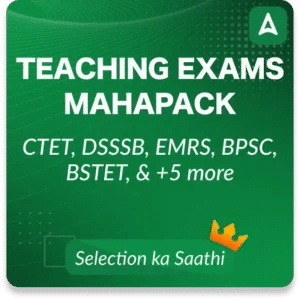

 How To Calculate The CSIR NET Percentile...
How To Calculate The CSIR NET Percentile...
 CSIR NET Life Science Study Material, Do...
CSIR NET Life Science Study Material, Do...
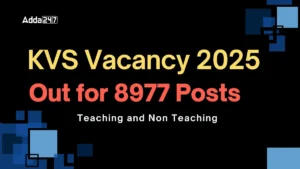 KVS Recruitment 2025 Notification PDF Ou...
KVS Recruitment 2025 Notification PDF Ou...
